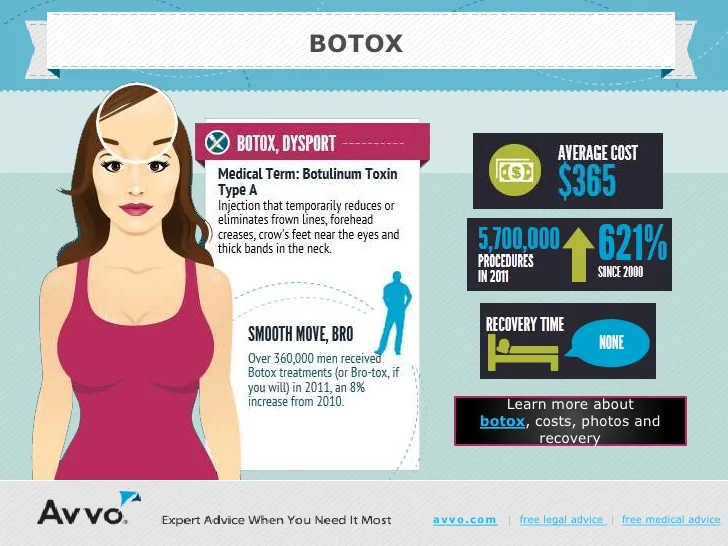What Are Led Masks For Acne
What Are Led Masks For Acne
Blog Article
Hormonal Acne - What is Hormone Acne?
Hormonal acne is defined by blocked pores and oily skin that generally appears on the chin and jawline. It takes place when hormonal changes cause swelling and bacterial overgrowth within hair roots.
Outbreaks might look like whiteheads, blackheads, papules or pustules and cysts or nodules in more extreme cases. It is more common in teens undergoing adolescence yet can influence grownups of any age.
What Causes Hormonal Acne?
While acne can be brought on by a variety of factors, including using hair and skin care products that aren't oil-free or made with components that might block pores, genetic tendency, diet plan,2 and anxiety, the origin is changing hormonal agents. Hormone acne takes place when the body experiences hormone modifications and changes that cause an overproduction of sebum, which triggers inflammation, enhanced growth of bacteria and changes in skin cell activity.
Hormonal acne is often located on the reduced jawline, cheeks and neck yet can show up anywhere on the body. It is defined by blemishes that are cystic, uncomfortable and full of pus or other material. It is also more likely to take place in females than guys, particularly during puberty, the menstrual cycle, maternity or menopause.
Age
While several children experience acne at some time throughout adolescence, it can continue to torment grownups well right into their adult years. Referred to as hormonal acne, this form of outbreak is linked to changes in hormones and is generally most common in women.
Hormone acne takes place when oil glands create excessive sebum, which clogs pores and catches dead skin cells. This causes the formation of blemishes, such as whiteheads, blackheads and papules, pustules, cysts or blemishes, deep under the surface area.
This kind of acne frequently causes discomfort, inflammation and inflammation. It may additionally be intermittent and appear around the same time every month, such as right prior to your period starts. This is because degrees of women hormones like progesterone and oestrogen fluctuate with each menstruation.
Menstruation
Hormonal acne typically shows up in the lower part of your face, along the jawline and cheeks, as whiteheads, blackheads or inflammatory pimples (acnes and cysts). It's probably to appear around the moment when your menstruation changes.
Specifically around ovulation, when estrogen and progesterone degrees get on the surge, hormone fluctuations can create outbreaks. However it's also feasible to get acne at any kind of factor during your 28-day menstruation.
If you discover that your hormonal acne flare right before your duration, try noticing when specifically this occurs and see if it relates to the stages of your 28-day menstrual cycle. This will certainly assist you pinpoint the origin of your skin difficulties. For example, you might want to work with balancing your blood sugar and removing high-sugar foods, or think about a prescription medication like spironolactone that can manage your hormones.
Maternity
Expanding a baby is a time of significant hormonal adjustments. For several ladies, this includes a flare-up of hormone acne. This kind of breakout normally begins in the initial trimester, around week six. It's brought on by hormonal agent surges that promote sebaceous glands to make even more oil, which can clog pores and trigger more bacteria to develop.
Breakouts might also take place as a result of pre-existing conditions like polycystic ovary disorder, which can likewise be an issue while pregnant and menopause. Also, some sorts of contraceptive pill (such as Ortho Tri-Cyclen and YAZ) can activate hormonal acne in some ladies.
Thankfully, a lot of acne treatments are "no-go" for expectant ladies (consisting of prominent acne-fighting ingredients such as isotretinoin and spironolactone). Yet if you can't stay clear of those bothersome bumps, your medical professional may suggest oral erythromycin or cephalexin, which are risk-free while pregnant.
Menopause
As women come close to menopause, the estrogen levels that triggered their hormonal agent acne to flare up throughout the age of puberty begin to stabilize and reduce. At the same time, nonetheless, a spike in here androgens (also called male hormones) takes place because these hormonal agents can't be exchanged estrogen as effectively as previously.
The unwanted of androgens can set off oil production by the sweat glands, which clogs pores. When the stopped up pores become irritated and aggravated, a pimple types.
Hormone acne is generally seen on the face, specifically around the chin and jawline, but it can happen on the neck, back, shoulders, or upper body. This type of acne often tends to flare up in an intermittent pattern, comparable to the menstrual cycle. Anxiety, which raises cortisol and throws hormonal agents out of equilibrium, also adds to the outbreaks.